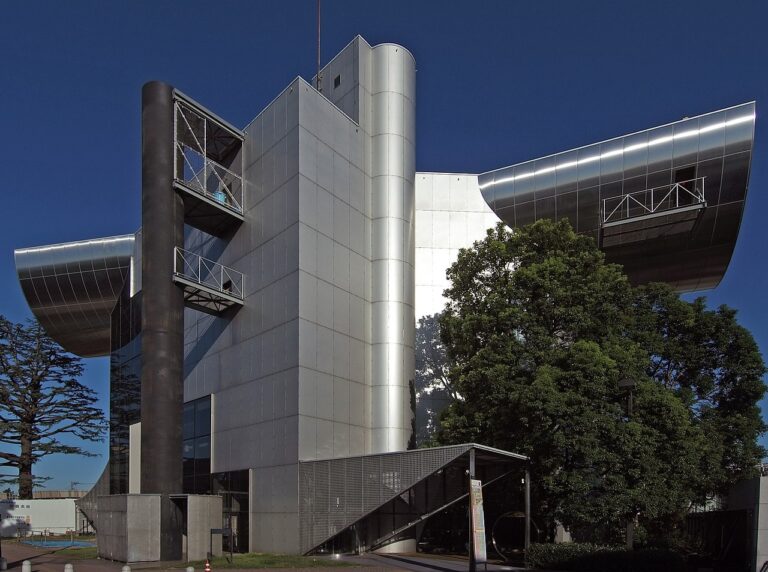Halfway through a drizzly Tokyo spring, professor Masatomo Yashima almost sounded giddy. “Rb₅BiMo₄O₁₆ showed a conductivity 29-times higher than yttria-stabilized zirconia at just 300 °C,” he told reporters after his team at Institute of Science Tokyo unveiled a rubidium-based oxide-ion conductor that could slash operating temperatures for solid oxide fuel cells (SOFCs) by a couple of hundred degrees. For an industry whose biggest headaches are heat-induced stress and sky-high ceramic costs, that single line felt like cold water on a fevered brow.
Japan has been tinkering with SOFCs for nearly four decades, but 2025 is shaping up as the year the pieces finally click. In Kyoto, Kyocera quietly crossed the 200,000-unit mark for its residential cell stacks—each little cylinder now boasts 55 % electrical efficiency and 87 % total cogeneration efficiency, and some stacks have clocked 90,000 hours of runtime without falling apart. That kind of durability puts them on speaking terms with the country’s beloved “Ene-Farm” polymer cells while offering a much fatter thermal paycheck.
Industrial-scale hardware is no longer stuck on the drawing board, either. Yoshinori Kobayashi’s MEGAMIE hybrid—an SOFC mated to a micro-gas turbine—logged 25,000 continuous hours at Kyushu University before Mitsubishi Power felt brave enough to bolt one into Tokyo’s Marunouchi Building back in 2019. “Pressurized gas produces more power,” Kobayashi likes to remind visiting engineers, and the 250-kW unit obliges, swallowing city gas one moment and biogas the next without flinching.
Money, predictably, remains the killjoy. MEGAMIE’s ceramics take a year to fabricate; Kyocera’s stacks rely on machining tolerances usually reserved for aerospace thrusters. That’s where Tokyo’s bureaucracy, so often caricatured as slow-moving, has found an unlikely second wind. The New Energy and Industrial Technology Development Organization (NEDO)—armed with a ¥2-trillion Green Innovation Fund—has set SOFC durability targets at 130,000 hours and single-cycle efficiencies north of 65 %, all well before 2030. For context, the fund is roughly what it cost to host the 2020 Olympics after pandemic overruns.
Why this fixation on dense slabs of ceramic electrolyte? “Energy security is very high on Japan’s agenda, since it is poor in natural resources,” Eiji Ohira, who heads NEDO’s Fuel Cell and Hydrogen office, told Nature. LNG cargoes are getting pricier and the public tolerance for nuclear restarts is, at best, ambivalent. SOFCs, able to sip whatever hydrocarbons the grid can cough up today and pure hydrogen tomorrow, fit the national mood for flexible insurance policies.
There is, of course, a laundry list of caveats. Yashima’s rubidium cocktail still lives in a lab furnace; scaling exotic elements is seldom trivial. MEGAMIE units cost north of US $3,000 per kilowatt—fine for flagship skyscrapers, ludicrous for suburbia. And although Kyocera’s home units hum away in basements from Hokkaido to Fukuoka, they’re subsidized to the hilt.
Yet pessimism feels off-key this season. The Osaka 2025 World Expo plans to power its floating pavilion with hydrogen cracked by nearby SOFC stacks; Tokyo Gas is testing smaller 5-kW systems in convenience stores where every square centimetre of floor space is sacred. Even conservative utilities are taking notes: TEPCO engineers have been spotted around the Kawasaki pilot line where NGK Spark Plug is attempting mass-production of MEGAMIE cell tubes.
If the stars line up—rubidium chemistry scales, Kyocera’s next-gen stack shaves another 30 % off cost, and NEDO’s targets hold political water—Japan could end the decade selling not just fuel cells but a template for post-fossil resilience. And that, as Kobayashi would surely scribble in one of his earthquake-shaken notebooks, is the sort of quiet revolution worth sweating over.
